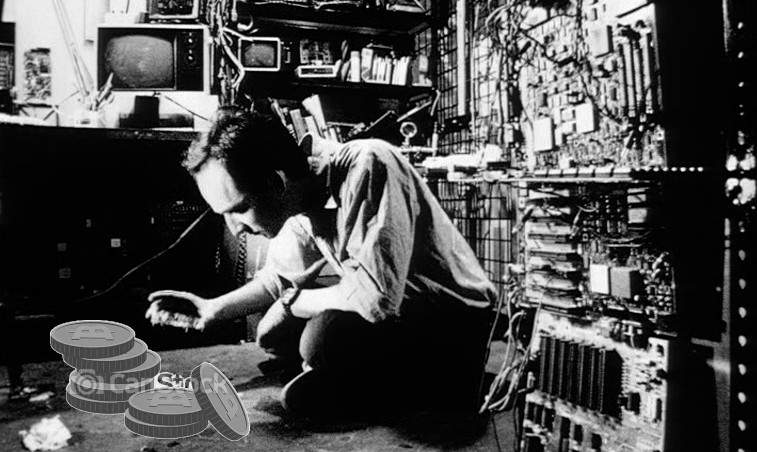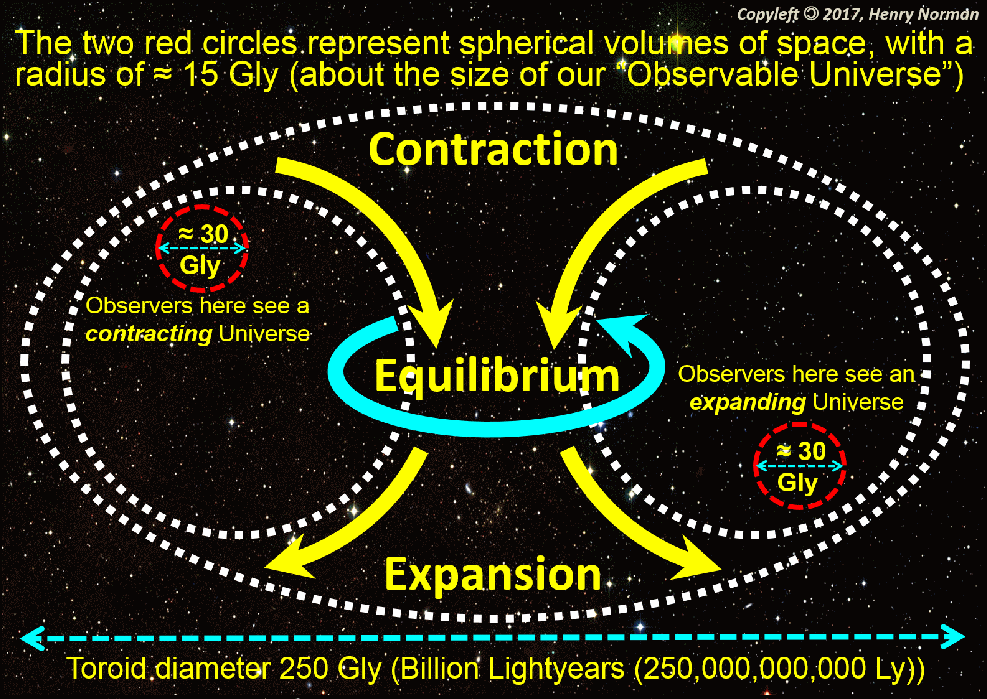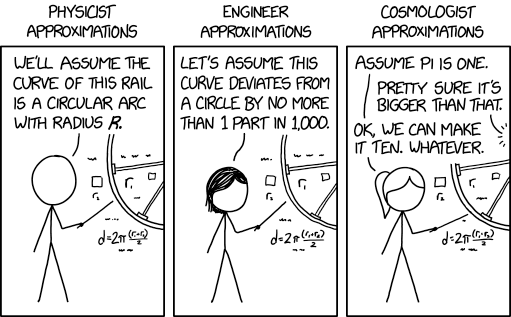HAL_404
[H]ard|Gawd
- Joined
- Dec 16, 2018
- Messages
- 1,240
"high-performance computer has added 12.8 trillion new digits to the number Pi, in a calculation that reached a record-breaking 62.8 trillion figures in total."
Personally, I still prefer cherry to apple oh wait ... wrong pi
https://www.msn.com/en-us/news/tech...old-math-problem/ar-AANsSJ9?ocid=winp1taskbar
Personally, I still prefer cherry to apple oh wait ... wrong pi
https://www.msn.com/en-us/news/tech...old-math-problem/ar-AANsSJ9?ocid=winp1taskbar
![[H]ard|Forum](/styles/hardforum/xenforo/logo_dark.png)



